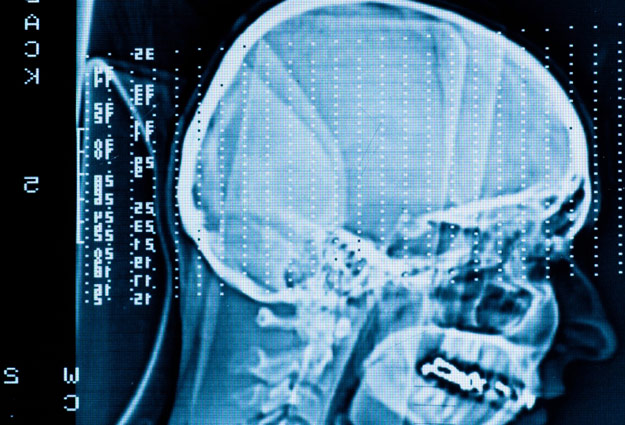With time, researchers say, these descriptions might reflect a growing association between criminality and antisocial behavior.
But most recently, determining who might become a danger to society may be as easy as performing a brain scan, according to neurocriminology, a scientific discipline that uses neuroscience to predict and potentially reduce crime.
Along these lines, is it realistic to use brain scans to pinpoint which individuals are more at risk for criminal behavior before they commit crimes?
For some researchers, the idea is plausible, with the field reviving the nature versus nurture debate, as highlighted by Josh Fischman in a Chronicle of Higher Education article that profiles the work of University of Pennsylvania researcher Adrian Raine.
Raine's work, which draws from neuroscience and the legal system, focuses on differences in the minds of criminals and non-criminals. Over the years, he's established evidence for a link between the brain and criminal behavior.
By working with murderers, rapists and pedophiles, he's helped confirm that two brain structures -- the amygdala and the prefrontal cortex -- are smaller and less active in individuals with antisocial and criminal tendencies. Both areas are thought to give rise to complex behaviors shaped by emotion and fear.
He also found the corpus callosum, a connective pathway that helps relay information between the brain's two hemispheres, is often enlarged in people with psychopathic tendencies.
Moving forward, however, Raine has tried to break the circular problem of causation: Does reduced activity in the brain lead to psychopathic behavior, or does the behavior alter the function and structure of the brain?
So far, biology is still revealing more clues.
To begin to tackle the question, he conducted longitudinal studies with children, including identical and fraternal twins who may share the same genes and home environment growing up. And while studying adults convicted or murder, he found those coming from "good homes" still had lower levels of activity in the prefrontal cortex when compared to other convicted murderers raised in rougher households.
Raine's findings debunk claims that a good upbringing alone can deter criminal behavior.
Instead, he suggests these differences may stem from a developmental issue in the womb called cavum septum pellucidum, which hinders some brain structures from forming normally.
Though bringing neuroscience into the legal realm has garnered much attention, Raine explains his ideas do not imply that biology determines a person's destiny. Sure, brain scans could one day be used to pinpoint individuals with predispositions for psychopathic behavior, but overall, Raine seeks to demystify which protective properties can help reduce these chances throughout life. Just because a person's brain is less active in certain areas doesn't mean he will become a criminal.
Raine tells The Chronicle that the research could potentially save lives if a system is developed to detect and treat individuals, especially children showing signs of antisocial behavior. It's a controversial notion, but now is the time to discuss ethical concerns:
"We have to start having this conversation now, though, so we understand the risks and the benefits. It's easy to get on your moral high horse about stigma and civil liberties, but are you going to have blood on your hands in the future because you've blocked an approach that could lead to lives being saved?"Despite the strengths of Raine's research, it still relies on associations, which make finding causation problematic. Also, not all studies distinguish between violent and non-violent crimes. For instance, where do white-collar crimes fit into the equation?
It's unclear whether others fully agree with Raine's ideas, but his findings could help better understand mental health disorders and how to better treat them.




Reader Comments
to our Newsletter